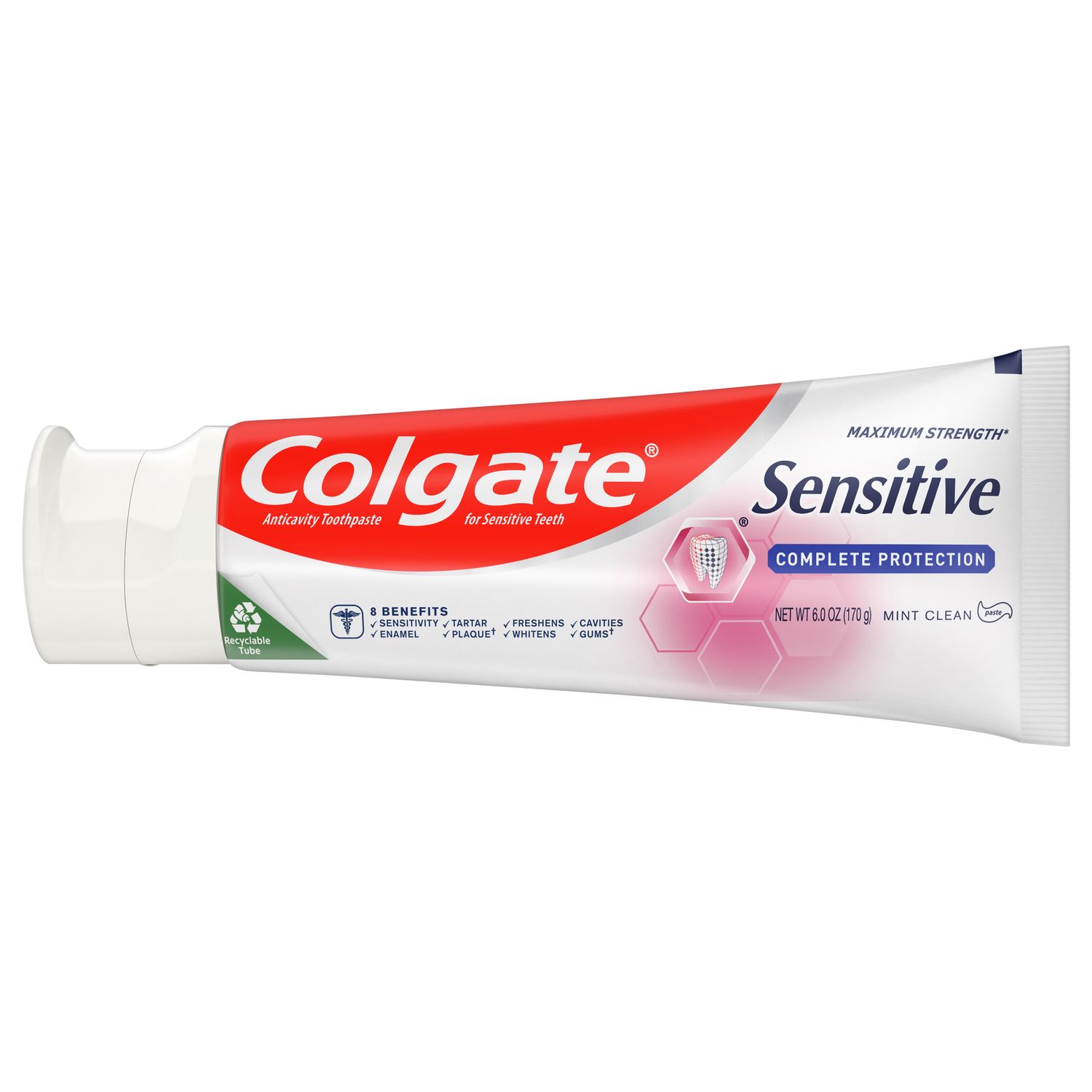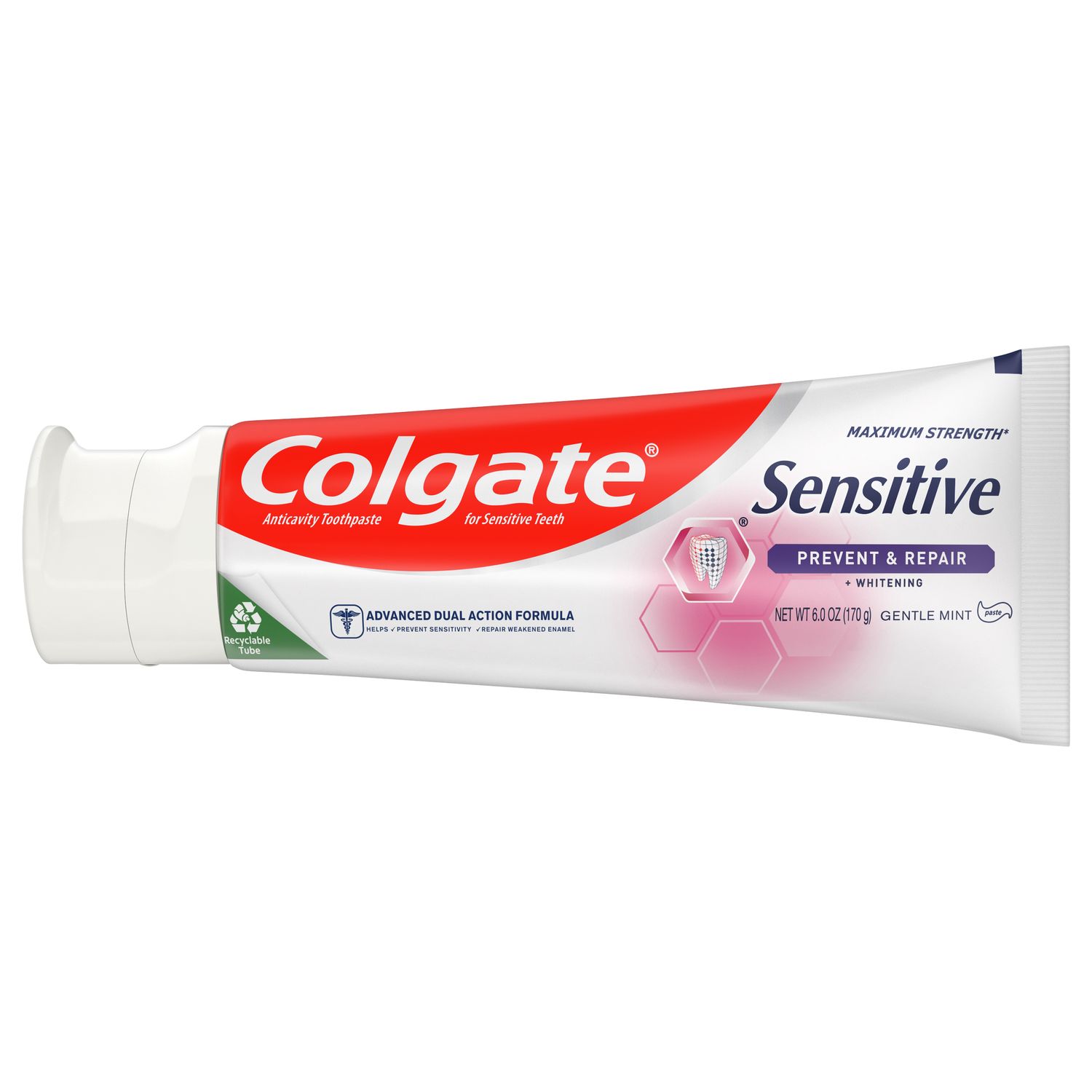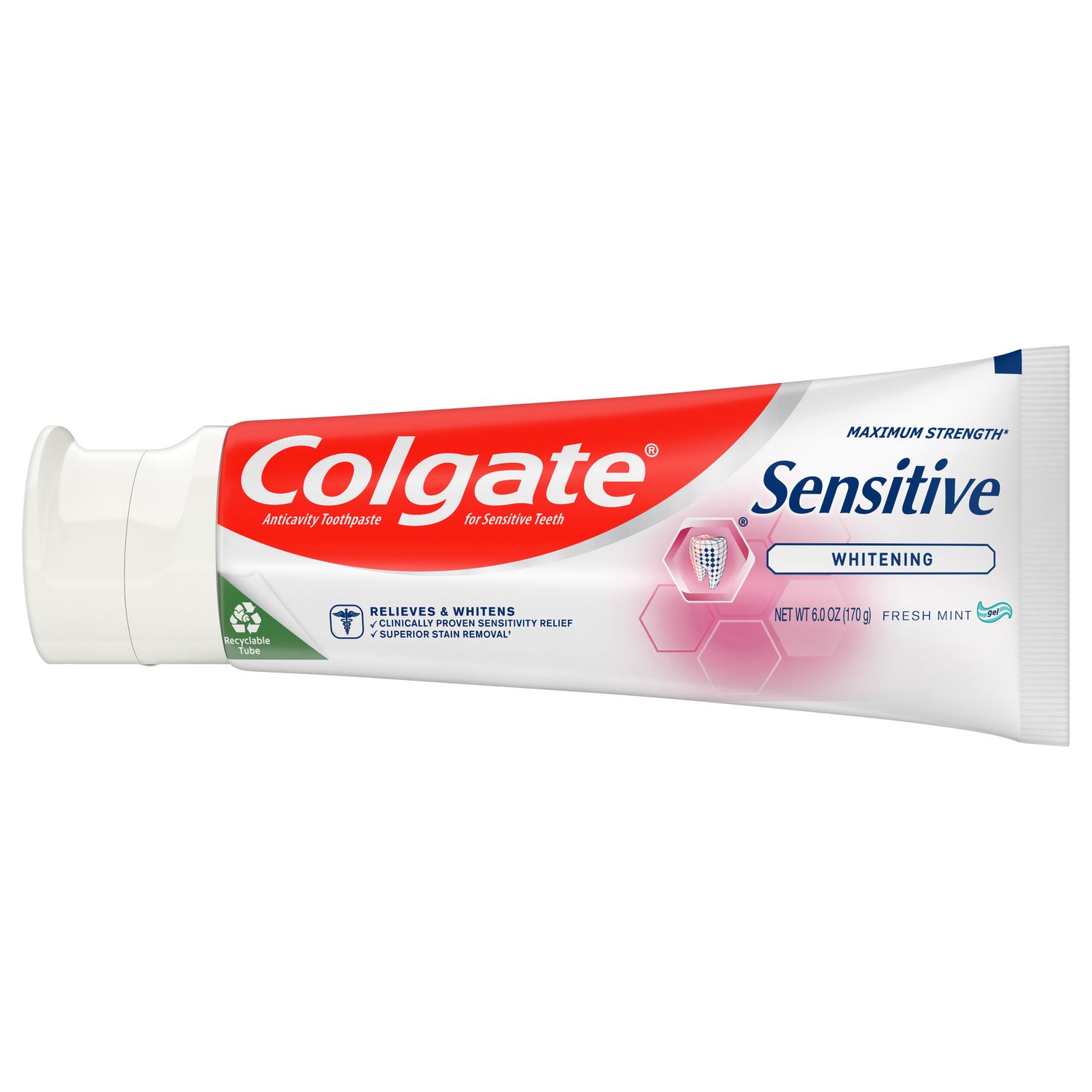Why Use Mint Toothpaste?
There are no advantages to using mint toothpaste over non-mint toothpaste when it comes to fighting cavities, provided they both contain fluoride. So why use mint toothpaste? The strong flavor of mint may also mask any unpleasant tasting active ingredients in your toothpaste. Another reason is that mint toothpaste may make your breath feel fresher longer. It contains cooling menthol. This cooling effect may make your mouth feel cleaner. Whether you use mint toothpaste is up to you. If you’re allergic or sensitive to the taste, there are other non-mint toothpaste options to choose from.
Is Mint Bad for Sensitive Teeth?
Although mint’s strong smell and refreshing flavor can create a cool sensation that might make you concerned about your sensitive teeth, you’ll be happy to know that there is no evidence that it has an effect on tooth sensitivity.
While there are no conclusive studies about the effects of mint on sensitive teeth, there are different types of mint. Some are known to be stronger than others. If you’re interested in testing out how different types of mint and their cooling effects feel on your teeth, try experimenting using toothpaste or chewing gum, which often use mint oil.
TIP: Start with weaker types of mint and work your way up to the stronger varieties to test for strength.
A Few Types of Mint
While the two most common types of mint used in toothpaste are peppermint and spearmint, you can test mint's cooling effects with various types of mint, and have a fun tasting while you’re at it!
- Peppermint. The most common variety of mint, most often used in cooking and mint-flavored products like toothpaste. Peppermint has a stronger, more powerful flavor than spearmint, with an almost spicy taste.
- Spearmint. Spearmint shares many of the flavor notes of peppermint but is a much less intense variety. Instead of the strong, sharp taste of peppermint, spearmint offers a fresh and lightly sweet taste that’s sure to please the taste buds.
- Apple mint. Apple mint's fuzzy stems and leaves have given it the nickname "woolly mint," or "fuzzy mint" to some. Apple mint boasts a milder and sweeter flavor than many other types of mint. This variety is great to use in summer salads, as it is the perfect complement to its namesake, apples.
- Chocolate mint. If you like chocolate, this mint is for you. Chocolate mint has green leaves, dark brown stems, and an aromatic chocolate scent. This mint is best paired with dessert vanilla ice cream.
FUN FACT: Although commonly grouped in the mint category, wintergreen is not a type of mint, but actually a type of berry. It has a similar flavor profile to mint because it contains an aromatic compound that resembles that of mint.
Even with its strong flavor, mint, especially mint-flavored toothpaste, is not known to cause tooth sensitivity. Luckily there are other non-mint toothpastes you can try if it’s a concern. Before you make any decisions, talk to your dentist about what toothpaste is best for your tooth sensitivity.
This article is intended to promote understanding of and knowledge about general oral health topics. It is not intended to be a substitute for professional advice, diagnosis or treatment. Always seek the advice of your dentist or other qualified healthcare provider with any questions you may have regarding a medical condition or treatment.
ORAL HEALTH QUIZ
What's behind your smile?
Take our Oral Health assessment to get the most from your oral care routine
ORAL HEALTH QUIZ
What's behind your smile?
Take our Oral Health assessment to get the most from your oral care routine













